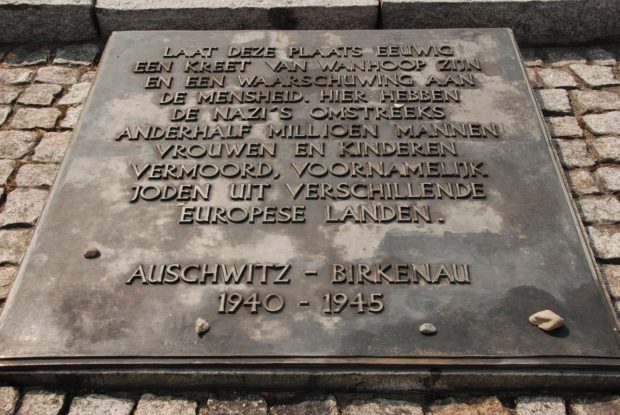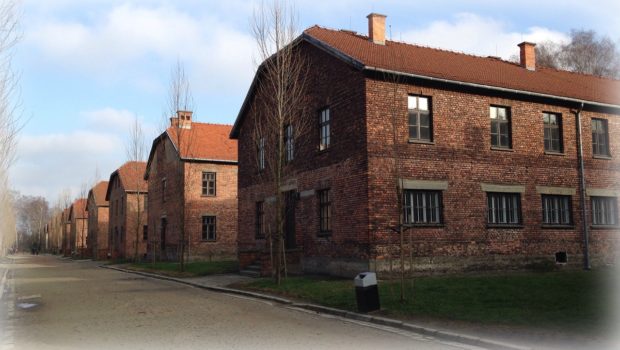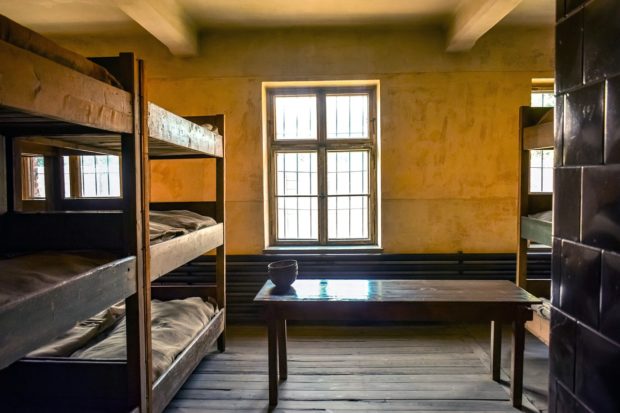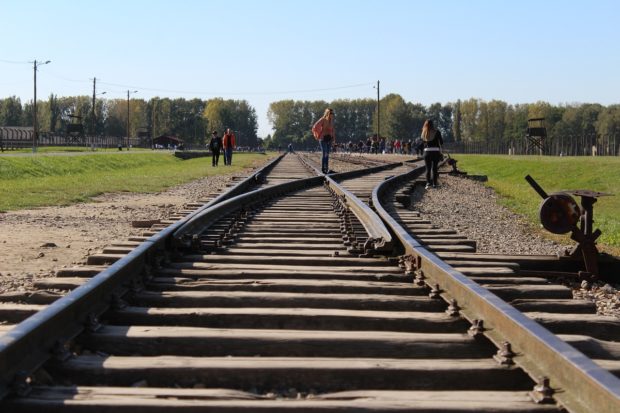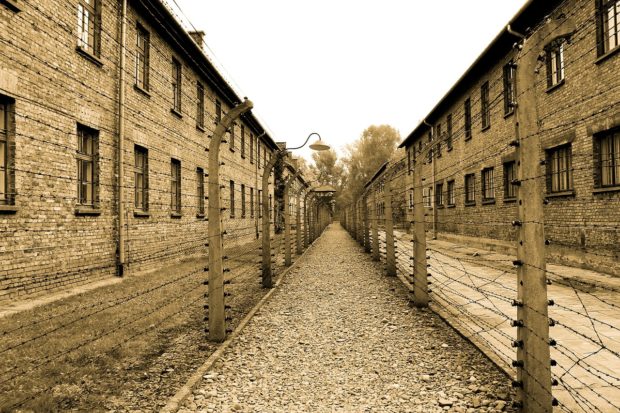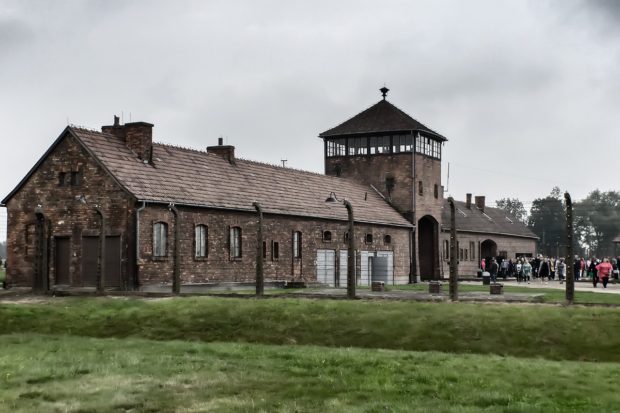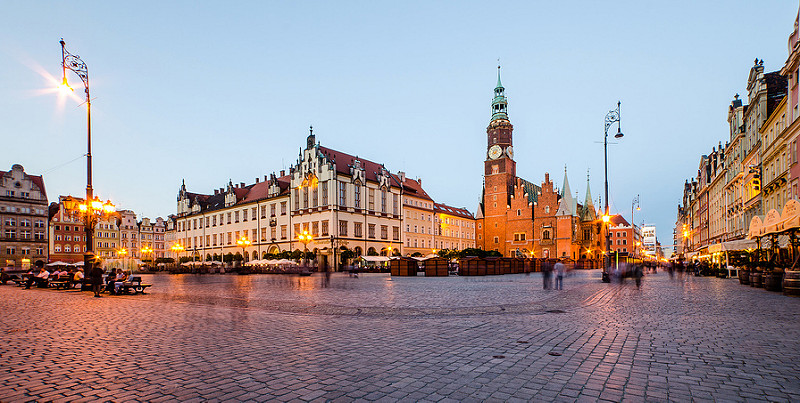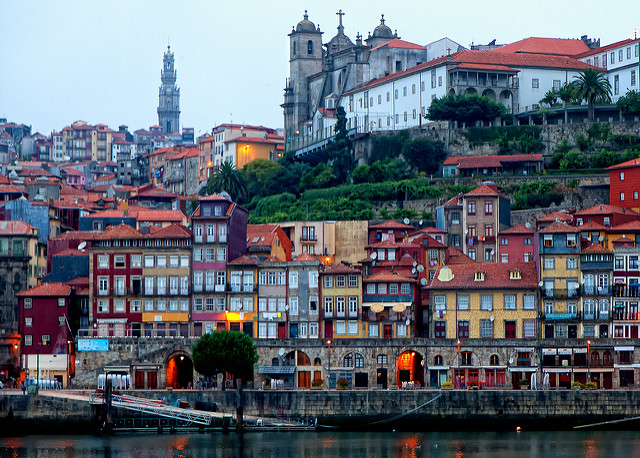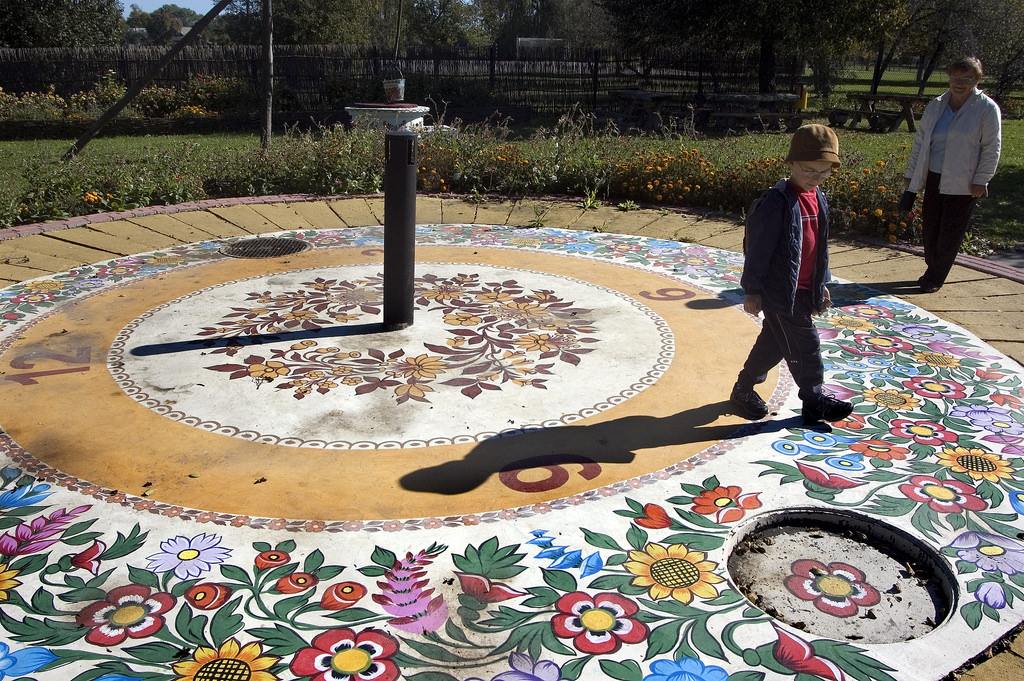Where did the phenomenon of visiting the concentration camp Auschwitz museum in Oswiecim come from? How did a place of great crimes become a UNESCO World Heritage Site? It is rather the result of human compassion, understanding and desire for respect. Thanks to this, millions of people visit this place, coming from all over the world, honoring their religion, their ancestors and human existence, simply and simply.
The symbolism of the Auschwitz concentration camp and its message
The previous century guaranteed the world a great dose of terror and mass crimes such as had never before occurred, and were even unimaginable, in the history of mankind. Particular military action and murder occurred while World War II broke out in Europe, which was then under German occupation. The violation of basic principles and operating human rights, unimaginable and unacceptable racism and xenophobia, the attempt to subjugate people, countries, property and demands for power, turned into a major conflict on a global scale. Growing tensions between countries led to the liquidation of political opponents, cultural elites or people who fought against the Nazi regime, for freedom, life, word and religion. All of Europe was plunged into occupation and perpetual fighting.
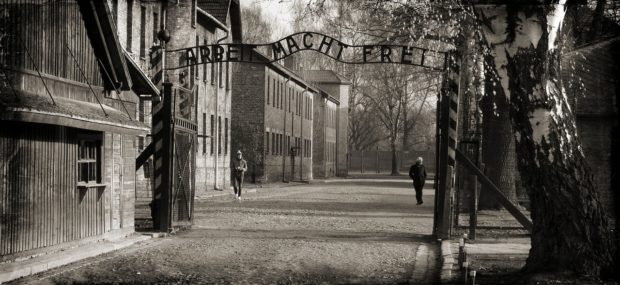
What does the camp mean today?
The long and multifaceted history of the museum, which is a remnant of the camp that changed through its various periods of operation, has meant that Auschwitz-Birkenau today carries different meanings for different peoples from around the world. As we know, not every nation suffered the same amount there, which does not mean that it was a tragedy and a shock for everyone. It is a symbol in an emotional sense as well as an intellectual sense in looking at the world on a daily basis. It is a symbol of the hell that took place on earth. The worst part is that this act could have been done by a human being, which also characterizes it as a symbol of the lack of humanity. It became evidence of barbaric actions that took place in even a highly developed civilized society and with already quite high technology that instead of serving man, was used against him. It is not without reason that people today view the Auschwitz concentration camp as a place of tragic history that’s why people go on Auschwitz concentration camp tour so this will never be forgotten.
Where did the name come from? Was it known from the beginning what these camps would be used for? The name of the camp, Auschwitz, has been generally accepted as a kind of civilizational code that describes the collapse of human culture and humanity, behavior, and relationships during World War II. At the same time, it became an example of social indifference.
What was it like in Poland?
The site of Auschwitz itself, as well as the events that took place there, are also of great importance to Poles, as a monument and marker of the German occupation, of the terrorism carried out on people, of the destruction of each other, of the nation’s cultural and political groups, and of the work done by supposed slaves. Even during the German occupation, the words “Oświęcim” or “Auschwitz” appeared on a regular basis in Polish newspapers, clandestine leaflets, and in all publications. They were an everyday occurrence, in newspaper editions, stories circulated from mouth-to-mouth, tales of total destruction and a threat to humanity.
3 best ways to visit Auschwitz
It seems to be the best, most sensible option for tourists from abroad, or for those who are really interested, to go on an organized Auschwitz tours with a local guide and with an organized transfer. In this way, you can be sure that you will not miss anything and learn interesting facts about the holocaust and the history of the barracks there, as well as other camps in Poland.
In a situation where you are visiting Krakow, and passing by you want to see this place, in addition with small children, it is possible as there is no age limit when it comes to access to the museum, while such a visit on your own is certainly less comfortable, and you will not get to know the exact history of this place. However, you can take part in lectures and workshops. In this way you can also interest children, who should be educated to respect freedom, other people and the rules that prevail in society.
How to get to Oświęcim from Krakow?
The town of Oświęcim is located less than 70 kilometers from Krakow. This place is very often the point, which is complementing the trip to the capital of Malopolska – Krakow. It is there that the famous Auschwitz-Birkenau Museum is located, and it is thanks to it that this city plays an important role for tourists and every day swarms with visitors. When planning a trip from Krakow to Oświęcim, we can use the numerous buses, vans and trains that run regularly between the two cities, but also Katowice. It is worth checking and comparing their offers beforehand to decide on the most convenient for us in a given situation, and with a good price. Probably, depending on the time of year, the siege will be bigger or smaller.
What is the fastest way to get from Krakow to Oświęcim?
The fastest travel option in this case is a direct route after choosing a bus.
What carriers you can use that offer bus connections from Krakow to Oświęcim?
The connections which run regularly throughout the year from Krakow to Oświęcim are offered by local carriers, as well as FlixBus, or private companies which have in their fleet cars, mini buses, vans or coaches.
How long does it take to get from Krakow to Oświęcim?
A direct journey from Krakow to Oświęcim takes about 1 hour and 25 minutes.
What is the cheapest way to get from Krakow to Oświęcim?
The cheapest way to get from Krakow to Oświęcim is by train. Cheap travel from Krakow to Oświęcim is offered among others by Przewozy Regionalne.

